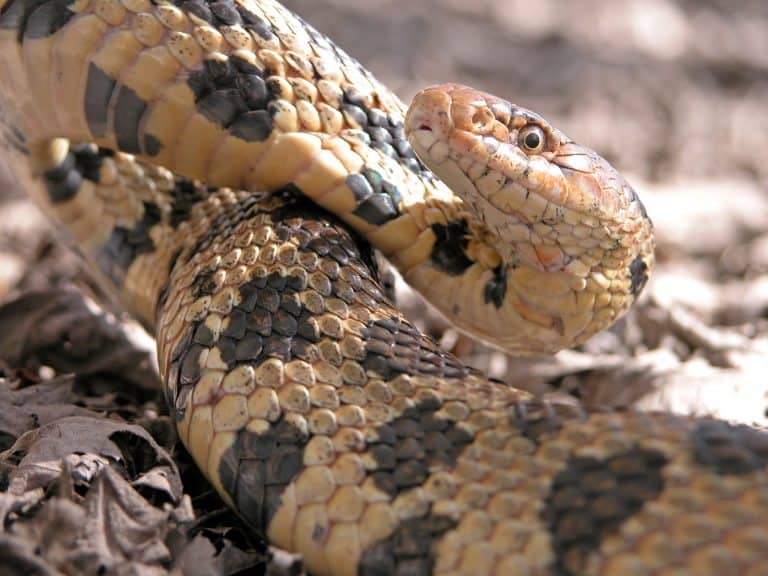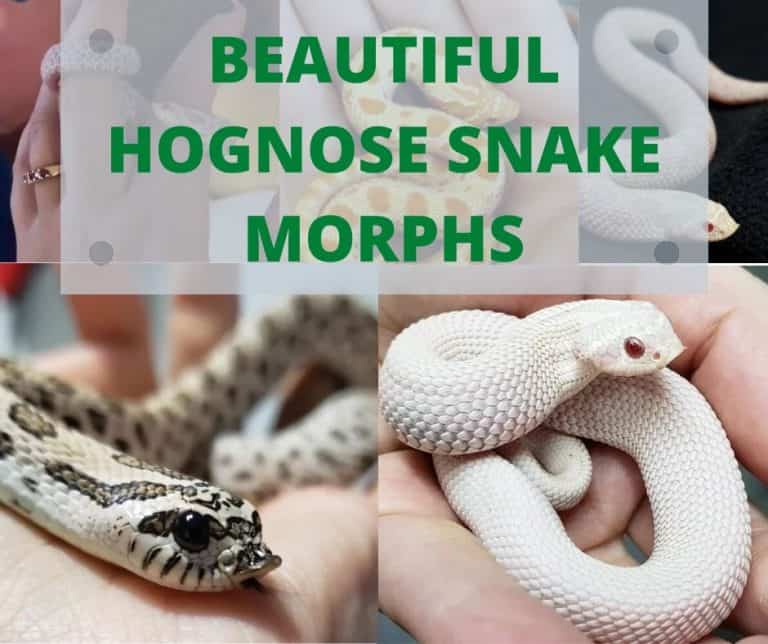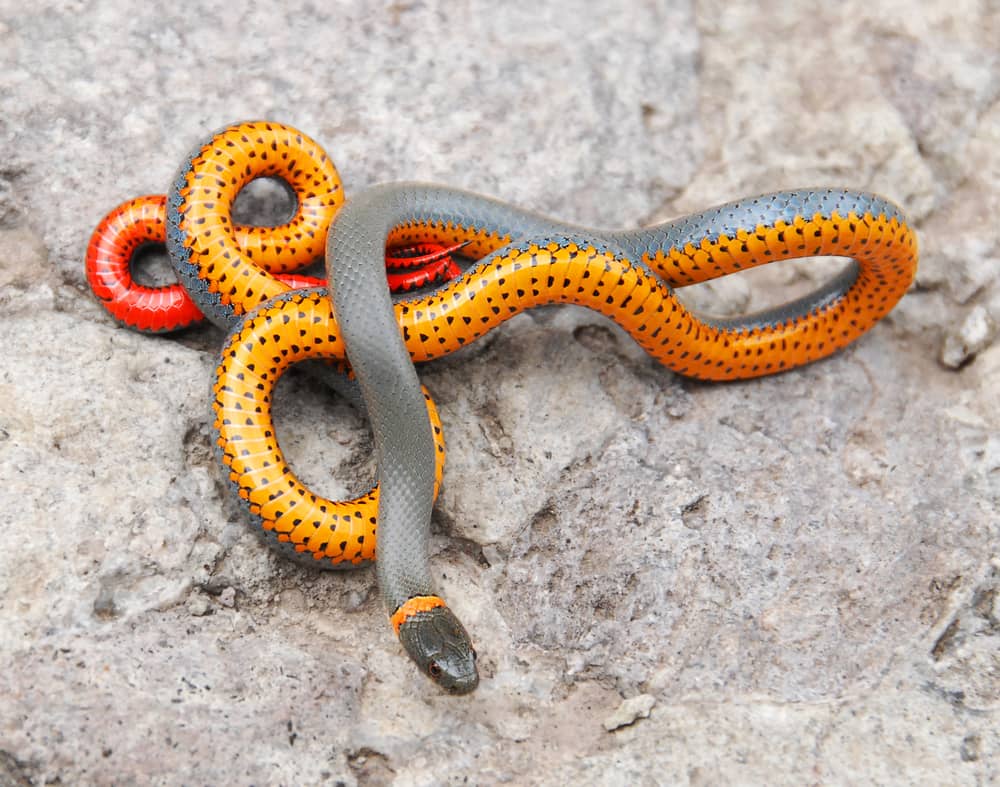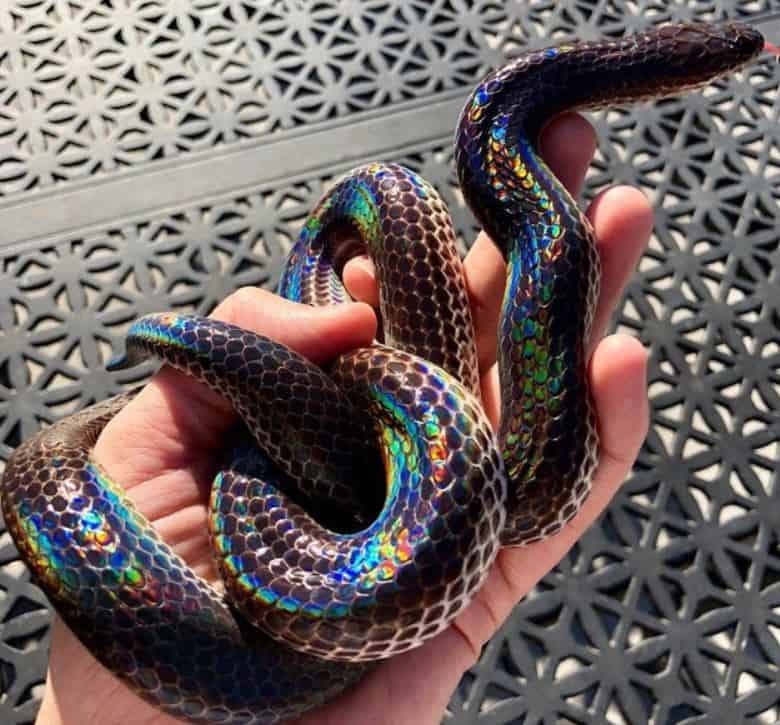🐍 Introduction to the Egyptian Cobra
The Egyptian cobra, often romantically referred to as the asp, is a creature shrouded in myth, fear, and awe. With its haunting hood and piercing eyes, this snake has slithered through the pages of history and mythology. But what’s the real story behind this mysterious serpent?
🔬 Taxonomy and Classification
What’s in a Name?
-
Scientific Name: Naja haje
-
Family: Elapidae
-
Genus: Naja
The Egyptian cobra belongs to the Naja genus, which includes several other venomous cobras found across Africa and Asia.
Relatives in the Snake World
Its cousins include the Indian cobra and the Cape cobra, sharing similar defense mechanisms and venom potency.
🧬 Physical Description
Size and Build
These snakes typically grow between 5 to 8 feet long. Females are often bulkier than males.
Color Palette
Color varies from brown, yellowish, to dark black, depending on the region. Some even have a faint “eyeglass” pattern on the hood—like a fashion statement for reptiles.
Baby Cobras vs Adults
Juveniles are slimmer and lighter in color. But don’t let their small size fool you—they’re just as venomous.
📍 Geographic Range and Habitat
Where They Call Home
Native to North Africa, especially Egypt, Libya, Sudan, and parts of the Middle East. They thrive in:
-
Deserts
-
Savannahs
-
Agricultural lands
Urban Survivors
Egyptian cobras are highly adaptable and have been spotted near human dwellings, especially where rodents are plentiful.
🕵️ Behavior and Lifestyle
Night Owls with a Bite
Mostly nocturnal, they prefer hunting under the moonlight. During hot seasons, they remain hidden during the day.
Their Defensive Style
When threatened, they raise their body and spread their hood, often accompanied by a chilling hiss. It’s their way of saying, “Back off!”
🦎 Diet and Hunting Tactics
What’s on the Menu?
-
Rodents
-
Frogs
-
Birds
-
Other reptiles
They’re opportunistic and won’t say no to an easy meal.
How They Hunt
Using their strong sense of smell, they stalk and strike swiftly—injecting venom that paralyzes their prey almost instantly.
☠️ Venom Characteristics
What’s Inside That Bite?
Their venom is a powerful mix of neurotoxins and cytotoxins. It attacks the nervous system and can cause respiratory failure.
Danger to Humans
One bite can be lethal if untreated. Symptoms may include:
-
Blurred vision
-
Drooping eyelids
-
Paralysis
-
Respiratory distress
Treatment
Antivenom is the go-to remedy. Immediate medical attention is crucial.
👥 Interaction with Humans
History and Mythology
The Egyptian cobra is legendary in ancient history. In Egypt, it was associated with royalty, protection, and divine power.
Cleopatra’s Final Companion
According to popular legend, Cleopatra used an asp to end her life—believed to be an Egyptian cobra hidden in a fruit basket.
Modern Encounters
While not aggressive, bites occur when the snake is provoked or stepped on.
🧬 Reproduction and Lifecycle
Love and Courtship
Mating occurs during the warmer months. Males engage in a ritualized combat dance for a female’s attention.
Egg-Laying Habits
Females lay between 10 to 30 eggs in a hidden, warm location. Incubation lasts about 60 days.
Baby Steps
Hatchlings emerge fully independent, venomous, and ready to hunt.
🐾 Predators and Threats
Natural Enemies
Despite their venom, Egyptian cobras aren’t invincible. Predators include:
-
Mongooses
-
Birds of prey
-
Monitor lizards
Man-Made Dangers
-
Habitat destruction
-
Snake-charming practices
-
Road mortality
Climate Effects
Changing weather patterns affect prey availability and habitat conditions.
🌍 Conservation Status
Are They at Risk?
Listed as Least Concern by the IUCN, but population trends aren’t closely monitored.
Efforts to Protect
Protected in various reserves and occasionally bred in captivity for conservation and antivenom production.
🛕 Cultural and Religious Significance
The Cobra Crown
In Ancient Egypt, the (a stylized cobra) was worn on pharaohs’ crowns to signify divine authority and protection.
Symbolism Elsewhere
Cobras represent fertility, protection, and death in many African and Asian cultures.
🎭 Misconceptions and Myths
The “Asp” Confusion
The term “asp” historically referred to various venomous snakes, but the Egyptian cobra fits the legend most accurately.
Hollywood Hype
Movies often exaggerate their aggression. In reality, cobras avoid confrontation unless provoked.
🏠 Handling and Captivity
Pet Potential?
While some do keep them in captivity (mostly herpetologists or zoos), they are not recommended as pets for obvious reasons.
Legal and Ethical Views
Many countries ban keeping venomous snakes without a license due to public safety risks.
🎯 Conclusion
The Egyptian cobra—steeped in mystery, myth, and biological marvel—is more than just Cleopatra’s deadly companion. It’s a vital predator in its ecosystem, a creature of both beauty and danger, and a symbol of ancient power. Understanding this snake not only helps debunk myths but also promotes coexistence with one of nature’s most fascinating reptiles.
❓FAQs
1. How deadly is the Egyptian cobra?
Very. Its neurotoxic venom can kill a human within hours if not treated promptly.
2. What do you do if bitten?
Seek immediate medical attention. Do not try to suck the venom or cut the wound.
3. Why was the Egyptian cobra called the asp?
Historically, “asp” was a general term for venomous snakes in the Nile region, often used in Roman literature.
4. Can an Egyptian cobra be tamed?
Not truly. While they can be trained in captivity, they remain dangerous and unpredictable.
5. Where can you see them safely?
In zoos, wildlife reserves, and documentaries—not your backyard!



